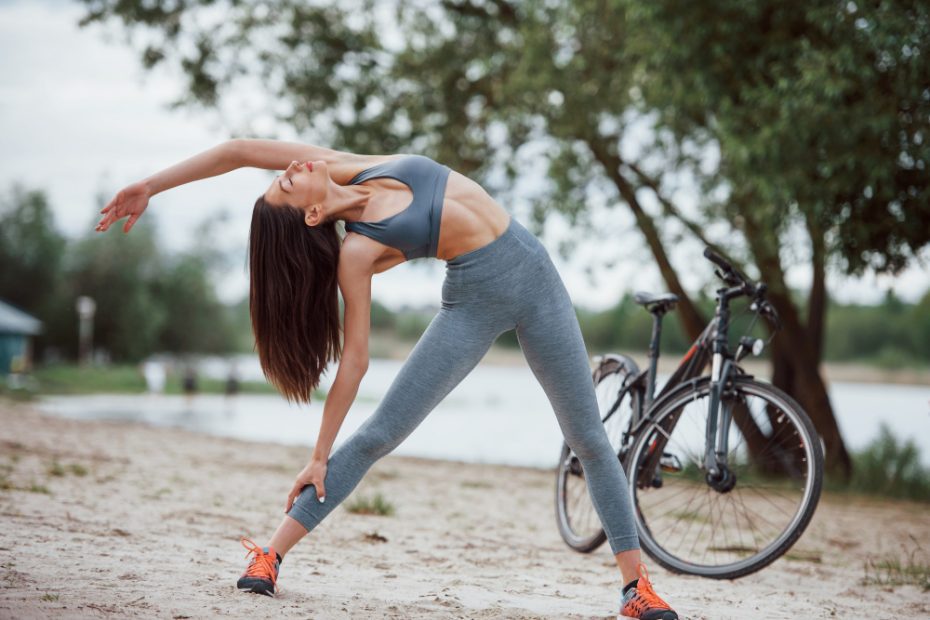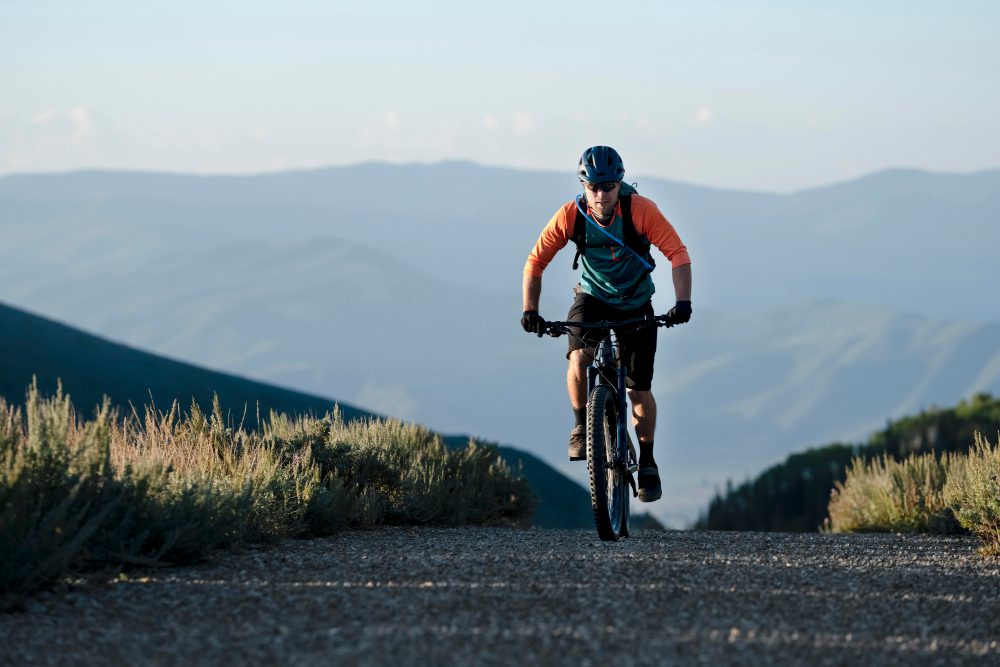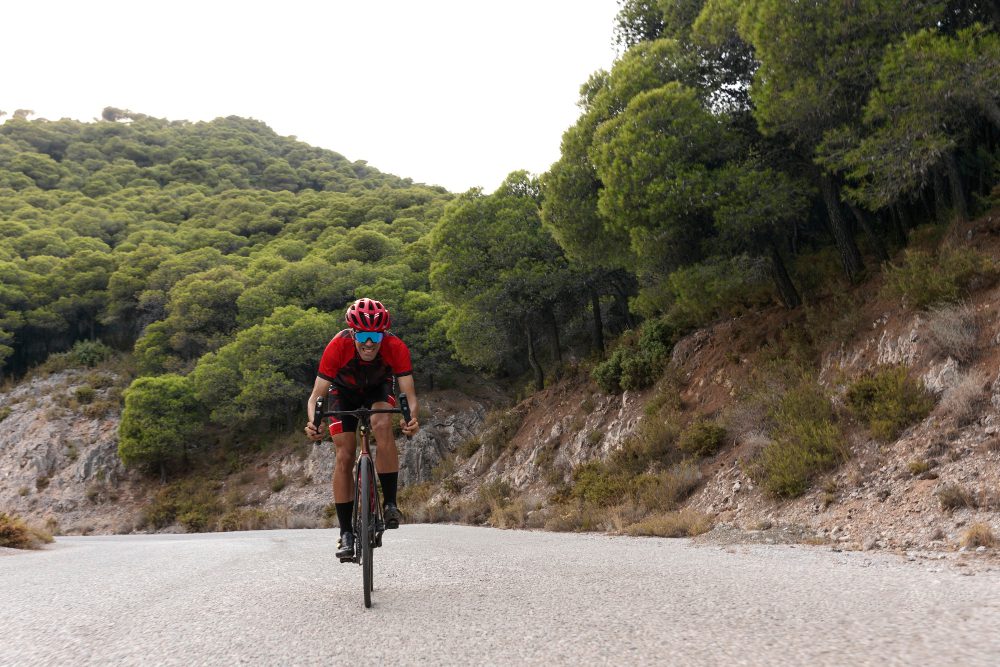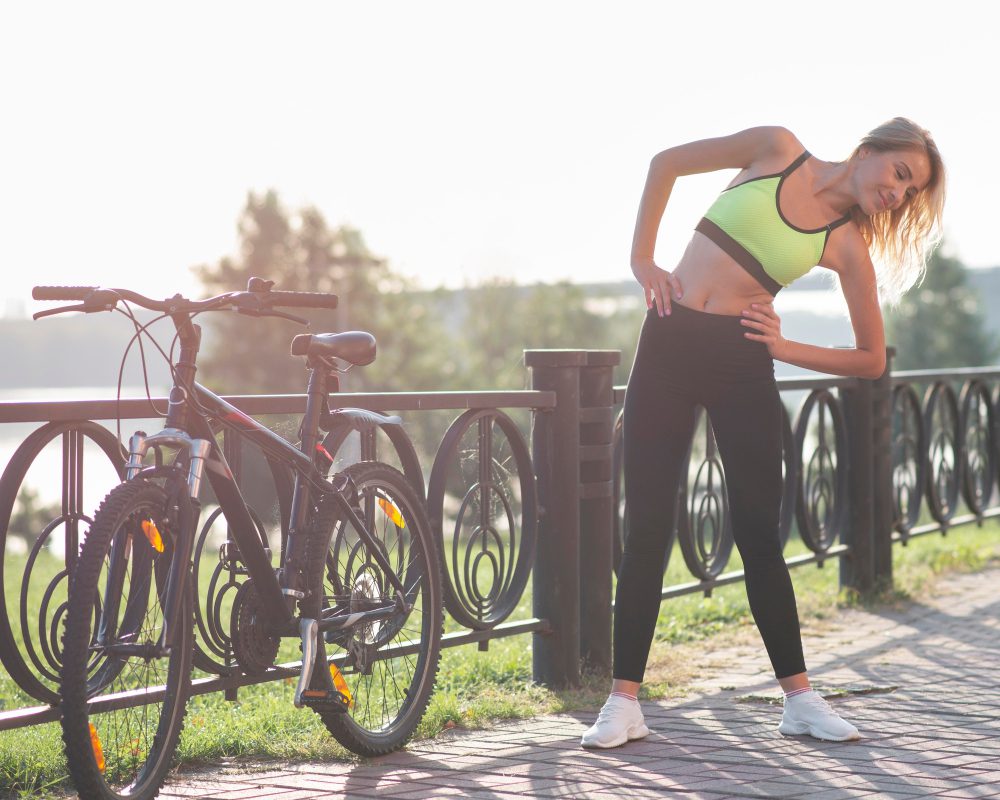What stretches should a cyclist do?
Cycling is a popular sport and leisure activity in the UK, with many people taking to their bikes for fitness, commuting, or simply enjoying the outdoors. While cycling provides numerous benefits, it also places specific demands on the body, particularly the muscles used in pedaling and maintaining an aerodynamic position. To prevent injury and improve performance, it is important for cyclists to incorporate stretches into their routine that target these specific muscles.
The importance of stretching for cyclists
Stretching plays a crucial role in ensuring that muscles are adequately prepared for the physical demands of cycling. Regular stretching helps to improve flexibility, increase range of motion, and enhance overall muscle function. Additionally, stretching can help to alleviate muscle stiffness and soreness after intense rides or long periods of sitting on the bike.
Key muscle groups for cyclists
There are several key muscle groups that cyclists should focus on when stretching. These include:
1. Quadriceps: Located in the front of the thigh, the quadriceps play a vital role in extending the knee during cycling.
2. Hamstrings: Situated at the back of the thigh, the hamstrings assist in flexing the knee and extending the hip.
3. Glutes: The gluteal muscles, including the gluteus maximus and medius, provide power during pedaling and stabilize the pelvis.
4. Calves: The calf muscles, including the gastrocnemius and soleus, are essential for ankle movement and efficient pedaling.
5. Lower back: The lower back muscles provide stability and support during cycling, particularly when in the saddle for long periods.
Effective stretches for cyclists
To target these important muscle groups, cyclists should incorporate the following stretches into their routine:
- Quad stretch: Stand upright and bend one knee, bringing the foot towards the glutes. Hold the ankle with the corresponding hand and gently pull the foot closer to the body. Repeat on the other side.
- Hamstring stretch: Sit on the ground with one leg extended and the other bent with the sole of the foot against the inner thigh. Lean forward from the hips, reaching towards the extended leg. Repeat on the other side.
- Glute stretch: Lie on your back and cross one ankle over the opposite knee. Use your hands to gently pull the lower leg towards the chest, feeling a stretch in the glute area. Repeat on the other side.
- Calf stretch: Stand facing a wall and place both hands on it at shoulder level. Step one foot back, keeping it straight and pressing the heel down towards the ground. Repeat on the other side.
- Lower back stretch: Lie on your back and pull both knees towards the chest. Wrap your arms around the shins and gently pull them closer to your body. Maintain this position for a few seconds, then release.
“Stretching is an essential component of any cyclist’s routine. Incorporating targeted stretches can help increase flexibility, prevent injury, and enhance overall performance.” – Cycling Coach
When and how often should you stretch?
It is recommended to perform these stretches both before and after cycling sessions. Before a ride, stretching helps to warm up the muscles and prepare them for the upcoming activity. After a ride, stretching aids in reducing muscle tension and promoting recovery.
Ideally, cyclists should aim to stretch for at least 10-15 minutes before and after each ride. Additionally, it is beneficial to incorporate regular stretching sessions into the weekly training schedule. This could include a dedicated stretching routine on rest days or incorporating yoga or Pilates classes into the training program.
How should you stretch before cycling?
Before hopping on your bicycle, it is crucial to properly stretch to prevent injuries and enhance performance.
Here are some essential tips for pre-cycling stretching:
1. Warm up your muscles
Begin with a light warm-up, such as 5-10 minutes of easy cycling or a brisk walk. This helps increase blood flow
to your muscles and raises your body temperature, preparing you for more intense stretches.
2. Dynamic stretching
Engage in dynamic stretches that mimic the movements you will be performing during cycling. These stretches help
improve flexibility, range of motion, and muscle activation. Examples of dynamic stretches include leg swings,
walking lunges, and arm circles.
3. Stretch major muscle groups
Focus on stretching the major muscle groups used in cycling, including the calves, hamstrings, quadriceps,
glutes, hip flexors, and lower back. Hold each stretch for 15-30 seconds, and repeat 2-4 times.
4. Stretching exercises
Consider incorporating the following stretching exercises into your pre-cycling routine:
- Calf stretch: Stand near a wall, place one foot forward and lean against the wall while
keeping your back leg straight. Hold for 15-30 seconds on each leg. - Hamstring stretch: Sit on the ground with one leg extended. Lean forward, reaching towards
your toes while keeping your back straight. Hold for 15-30 seconds on each leg. - Quad stretch: Stand upright and grab your ankle or foot, pulling it towards your glutes
while keeping your knees together. Hold for 15-30 seconds on each leg. - Hip flexor stretch: Kneel on one knee, with the other foot placed in front. Lean forward
into a lunge position, feeling the stretch in the front of your hip. Hold for 15-30 seconds on each leg.
5. Listen to your body
Pay attention to your body’s signals during stretching. Stretch to the point of mild discomfort, but avoid any
sharp pain. If you experience pain or discomfort, consult a professional for guidance.
“Proper stretching before cycling can increase flexibility, improve performance, and reduce the risk of injury.”
Remember, every cyclist is unique, and it’s essential to find a stretching routine that works best for you.
Experiment with different stretches and listen to your body to determine what helps you prepare for a successful
ride.



